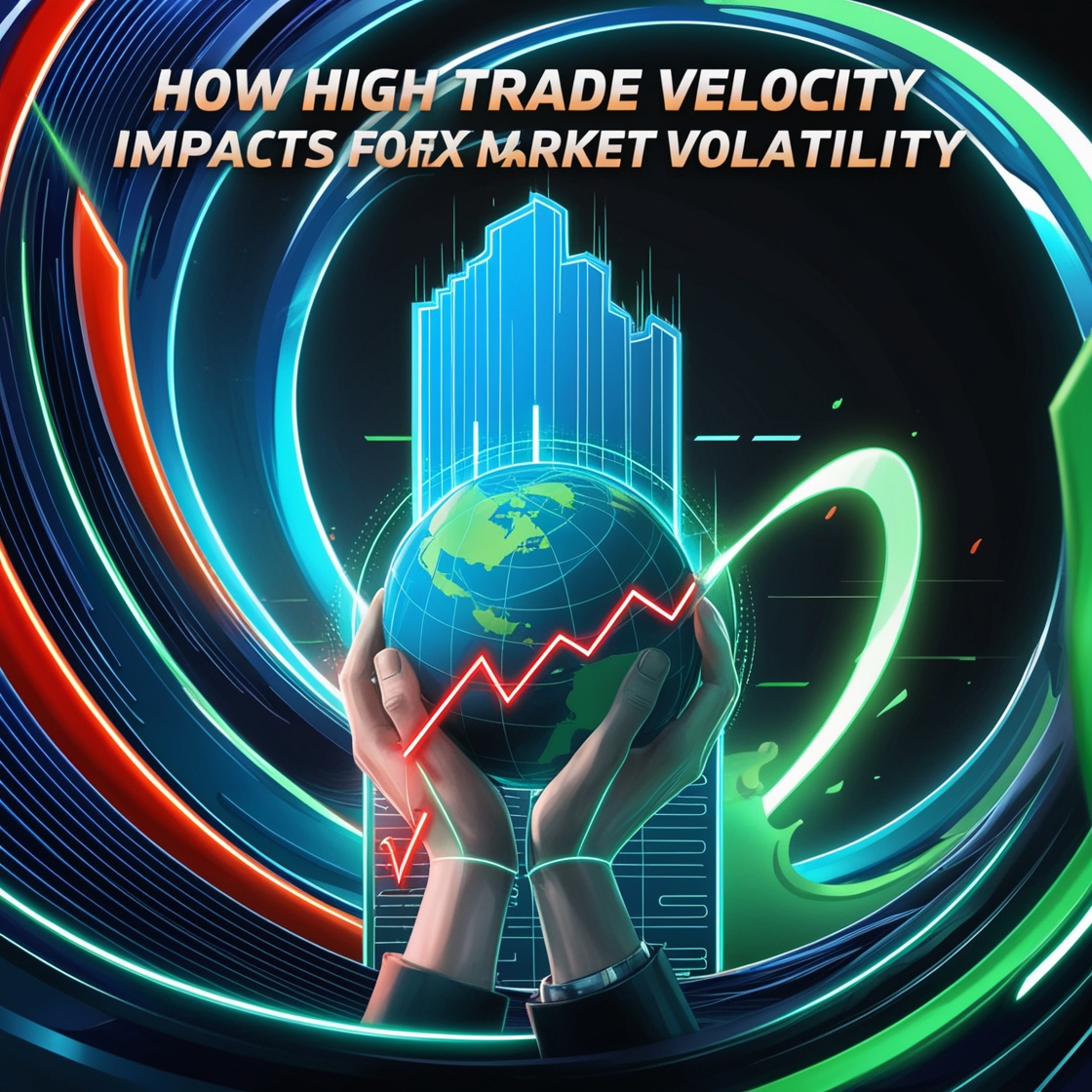Introduction
When we think of the forex market, words like “dynamic” and “ever-changing” often come to mind. But what makes this market so fluid and unpredictable? A key factor is trade velocity—the speed at which trades occur. With high trade velocity, the forex market often experiences heightened volatility. But is this a blessing or a curse for traders? Let’s dive deeper to uncover how high trade velocity influences forex market volatility.
Understanding Trade Velocity
What is Trade Velocity?
Trade velocity refers to the speed at which buy and sell orders are executed in a financial market. It’s a crucial indicator of market activity and reflects how quickly traders react to market changes.
Factors Contributing to High Trade Velocity
Several elements drive high trade velocity in the forex market:
- Technology: The rise of algorithmic and high-frequency trading (HFT) has significantly accelerated trade execution.
- Increased Participation: With more retail and institutional traders entering the market, trade volumes have surged.
Measuring Trade Velocity
Metrics like average trade volume per second and order execution times help gauge trade velocity. These tools allow traders to analyze market activity and prepare for rapid changes.
Forex Market Volatility
Definition of Volatility in Forex
Volatility measures the degree of variation in currency prices over time. In forex, it can result in sharp price movements within minutes or seconds.
Common Causes of Forex Market Volatility
Volatility can arise from:
- Economic Events: Central bank announcements and GDP reports often trigger sharp price changes.
- Political Instability: Elections, wars, and policy changes can send shockwaves through currency markets.
- Market Psychology: Fear and greed among traders amplify price swings.
The Link Between High Trade Velocity and Volatility
High Trade Velocity as a Double-Edged Sword
On one hand, high trade velocity increases liquidity, making it easier to execute large trades. On the other, it can lead to rapid price swings, creating an unpredictable market environment.
Examples of High Velocity Leading to Volatility
Consider the Swiss Franc shock of 2015. When the Swiss National Bank removed its currency cap, a flood of trades caused unprecedented volatility within minutes.
Impact on Currency Pair Performance
Major currency pairs like EUR/USD tend to absorb high trade velocity better due to their liquidity. Minor pairs, however, are more susceptible to erratic price movements.
Technology’s Role in High Trade Velocity
Algorithmic and High-Frequency Trading
Automation allows trades to occur within microseconds. While this speeds up execution, it also intensifies volatility during high-volume periods.
Real-Time Data Accessibility
With advanced tools providing real-time data, traders can act faster, contributing to higher trade velocity and subsequent market volatility.
Managing High Trade Velocity in Forex Trading
Risk Management Strategies
- Stop-Loss Orders: Protect your capital by setting predetermined exit points.
- Hedging Strategies: Use hedging techniques to offset potential losses during volatile periods.
Tools for Analyzing Volatility
- Forex Volatility Calculators: Help predict potential price swings.
- Technical Indicators: Tools like Bollinger Bands highlight volatility zones.
Importance of Emotional Discipline
High trade velocity can test your nerves. Staying calm and sticking to your plan is crucial for long-term success.
Implications for Retail Traders
Opportunities from High Trade Velocity
For the savvy trader, high velocity can mean quick profits. It opens doors for scalping and day trading strategies.
Challenges for Individual Traders
However, rapid market movements also increase the risk of losses, especially for those without a solid strategy.
Conclusion
High trade velocity is a defining characteristic of the forex market, offering both opportunities and challenges. While it can amplify volatility, understanding its mechanics can help traders navigate the market more effectively. By leveraging tools, maintaining discipline, and staying informed, you can turn volatility into an advantage.
FAQs
1. What is the main reason behind increased trade velocity in forex?
Advancements in technology, especially algorithmic and high-frequency trading, have significantly boosted trade velocity.
2. How does high trade velocity benefit traders?
It increases liquidity, enabling quicker trade executions and opening opportunities for profit in short time frames.
3. Can high trade velocity completely predict volatility?
No, while it contributes to volatility, other factors like economic events and market sentiment also play crucial roles.
4. Are there specific times when trade velocity spikes in the forex market?
Yes, trade velocity often peaks during major economic announcements or overlapping trading sessions (e.g., London and New York).
5. What tools can retail traders use to adapt to high trade velocity?
Forex volatility calculators, technical indicators like Bollinger Bands, and risk management strategies can help adapt to rapid market changes.
